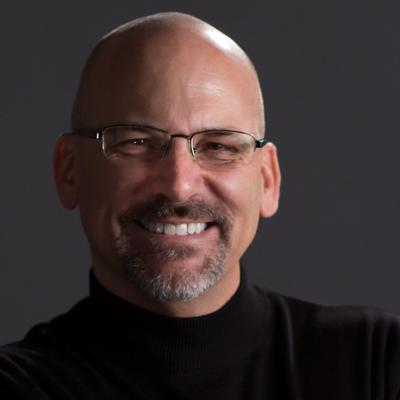In 2009, septuagenarian inventor Bob Wagstaff appealed to a college marketing class for help selling his halitosis-killing tongue cleaner. Wagstaff had already tried pitching retailers on the plastic product and invested $40,000 on Orabrush infomercials to no avail.
But a $500 YouTube ad campaign conceived by a Brigham Young University student quickly racked up 16 million views, drove sales in 40 countries, and led WalMart and CVS to place orders for the breath-freshening tool.
Today, the Orabrush case study is often cited to demonstrate how online video advertising has been a game changer for small businesses. With a low-cost, well-executed video ad, a solo-entrepreneur can compete with behemoth brands.
It’s no surprise, then, that the Orabrush team encountered nearly as much demand for its digital advertising know-how as for its tongue scraper. Orabrush began applying its methods to help other businesses produce more than 300 YouTube video ad campaigns.
Then, in December 2014, Orabrush angel investor-turned CEO Jeff Davis (pictured) sold off the oral hygiene product and spun Orabrush’s proprietary YouTube-media-buying software into a new company called Molio. Now, with a 20-person team of media buyers as well as creative, software, search optimization, and production professionals, the online brand building business helps companies such as PooPourri, Strider, Wilson, and MileIQ get attention via digital videos.
Davis, who spent the first 23 years of his career as a Procter & Gamble global sales and marketing exec, says the key to a high-performing digital video campaign lies in the “combination of the best creative content with the best technology for hyper-targeted media buying.” That’s wisdom he gained not in his two decades with the pre-eminent brand builder, but in his short time at Orabrush.
“When we shoot, we don’t do it like the agencies I worked with at P&G did,” Davis says. “We do it modularly with different actors and different calls to action. Then we edit and produce 10-12 videos that we serve and test on the platform for different geographies, genders, and keywords. We call it AV testing.”
In fact, Davis says only about 50 percent of his P&G experience informs Molio’s winning marketing method. The rest of what he learned is irrelevant in today’s world, he says. “Traditionally you had a brand agency and a buyer. It doesn’t work that way any more,” Davis says. “On YouTube you’re bidding on the platform for CPMs—cost per thousand impressions—which dramatically affects the cost per view.”
Despite the successes, Davis hesitates to claim he and his team have expertise. “I don’t think there are any experts in digital advertising and social media. There are people who have been doing it longer and made more mistakes. We’ve been doing it a long time.” But the environment is so fast-changing, he says, that only fast learners can keep up.
“You have 20-somethings and teen-somethings who can come up with, promote, and market great ideas and create really valuable businesses that solve problems. But because of that, a business model can become obsolete quickly,” Davis says. “If you’re over 20 years old, you have to be consuming and observing” constantly. He recommends that his peers keep up to speed by engaging “reverse mentors from the younger generation.”
As he recently shared in a Venture Beat article about the “most valuable video views,” Davis considers YouTube the top venue for placing branding video. He ranks Facebook second, but points to Twitter’s adoption of in-stream automatic play features and Vessel, the startup from the former Hulu CEO, as evidence that the field is dynamic. Still, he says, “if I were a business today with a product, service, or digital good and I was not on YouTube where there are 1 billion visitors a month, I would be nervous.”




